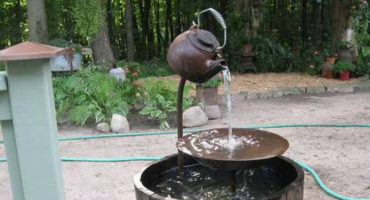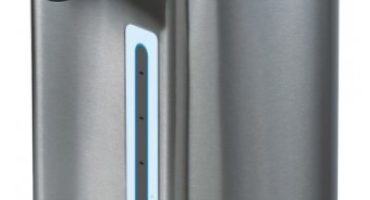Glass electric kettles are justly deservedly popular: heat-resistant glass is environmentally friendly, safe for health, and fits perfectly into any interior. It is characterized by heat resistance and impact resistance, but, just like usual, it requires delicate care.
Sometimes cracks form on the surface of the flask of an electric kettle. In the event that an electric kettle leaks, the best way out is to take the device to a well-deserved rest in the trash and purchase a new one. But what if the kettle is expensive as a memory? Then you can try to resuscitate him.
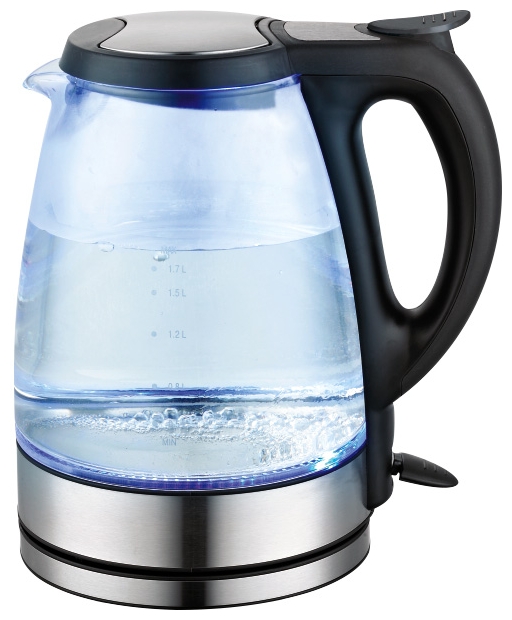
Why do cracks form on the flask?
- Improper care. Such glass does not like sudden changes in temperature. For example, if ice-cold water is poured into a failed flask;
- They dropped it, they hit it: a glass bulb cannot stand falling on the tiled floor of the kitchen, and if it doesn’t break into pieces, then it will definitely crack;
- Manufacturing defect. Sometimes in the process of tempering glass microcracks form, invisible to the eye, but making themselves felt during operation.
How to seal glass on an electric kettle?

So, we are going to close the crack in the flask. What parameters should the substance used for gluing have?
- Non-toxicity (tolerance for use in the food industry);
- Resistance to high temperatures;
- Water resistant;
- Good adhesion (adhesion) to the bonded surface;
- Elasticity;
- Fast drying time, preferably under room conditions.
Food-grade silicone one-component sealants are a great solution if an electric glass kettle is leaking. They are convenient to use, safe, withstand high temperatures and do not emit harmful substances during operation.
In no case should you use automotive, construction, or sanitary sealants! Substances that are unacceptable for contact with food and drinking water have been added to their composition!
Food Grade Silicone Sealant RTV 118Q
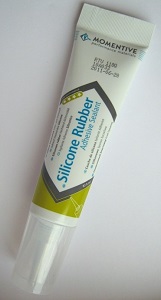
It is applied to glass, ceramics, metal, rubber, perfectly grasps with plastic.
Temperature range: -60 ... + 260 degrees Celsius.
Convenient pasty consistency. Fully cured in 72 hours.
Allowed for contact with food.
Food grade silicone sealant OTTOSEAL S 27
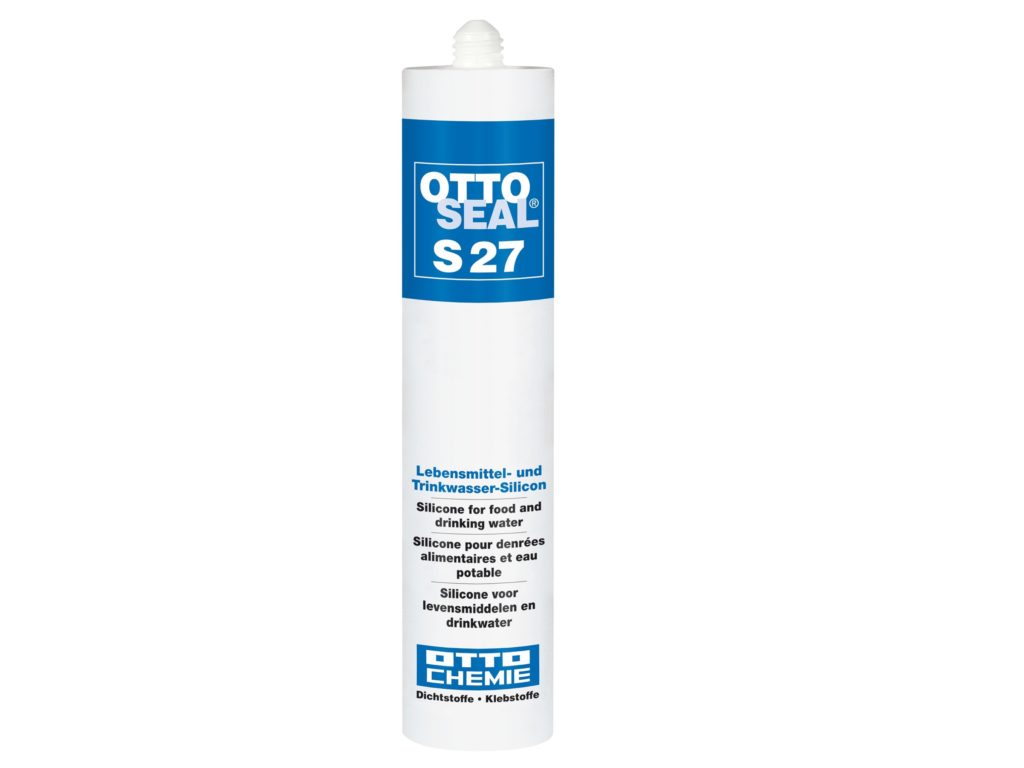
Good adhesion to glass without the use of a primer.
Temperature range: -40 ... + 180 degrees Celsius.
Hardening - in 24 hours under standard conditions.
Approved for use in the food industry.
Dow Corning 732 clear sealant (colorless)
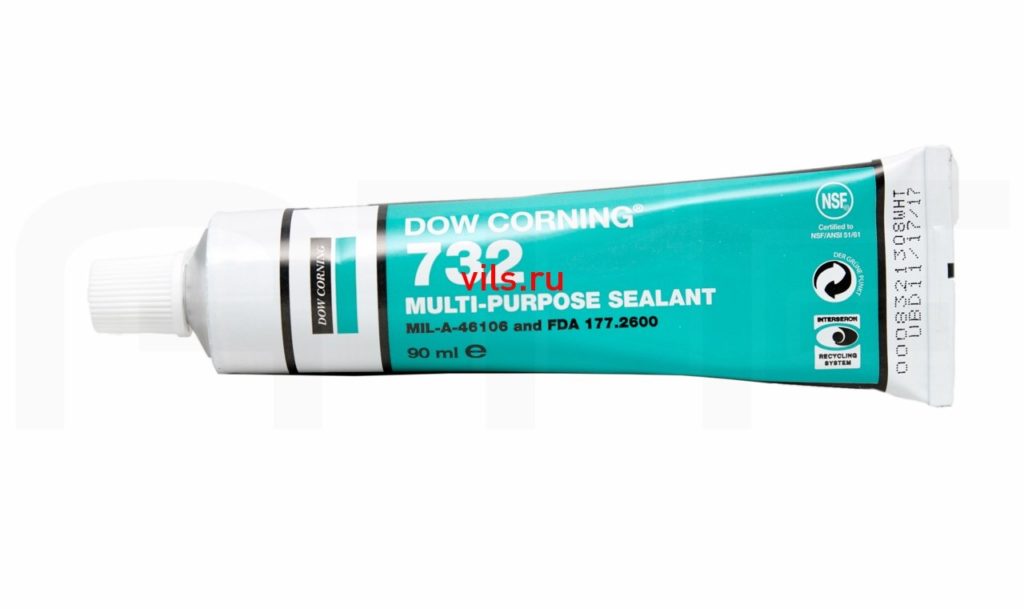
Multifunctional: universal sealing and gluing. It is elastic, does not turn yellow over time, which is important for the appearance of the teapot that has flowed.
Temperature range: -60 ... + 180 degrees.
At room temperature and relative humidity, 50% cures in 24 hours.
Has NSF food grade approval.
Foodproof Silicone Sealant Titanium (colorless)
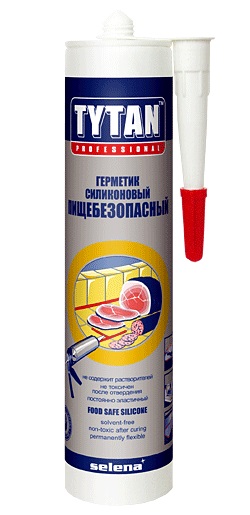
Excellent adhesion to smooth surfaces, including glass.
Temperature range: -40 ... + 200 degrees Celsius.
Under standard conditions, it cures 1-5 days, depending on the thickness of the layer.
Is safe.But the manufacturer clarifies that it is mainly used for short-term contact with food.
Silicone professional sealant CHEMLUX 9014 food (colorless)
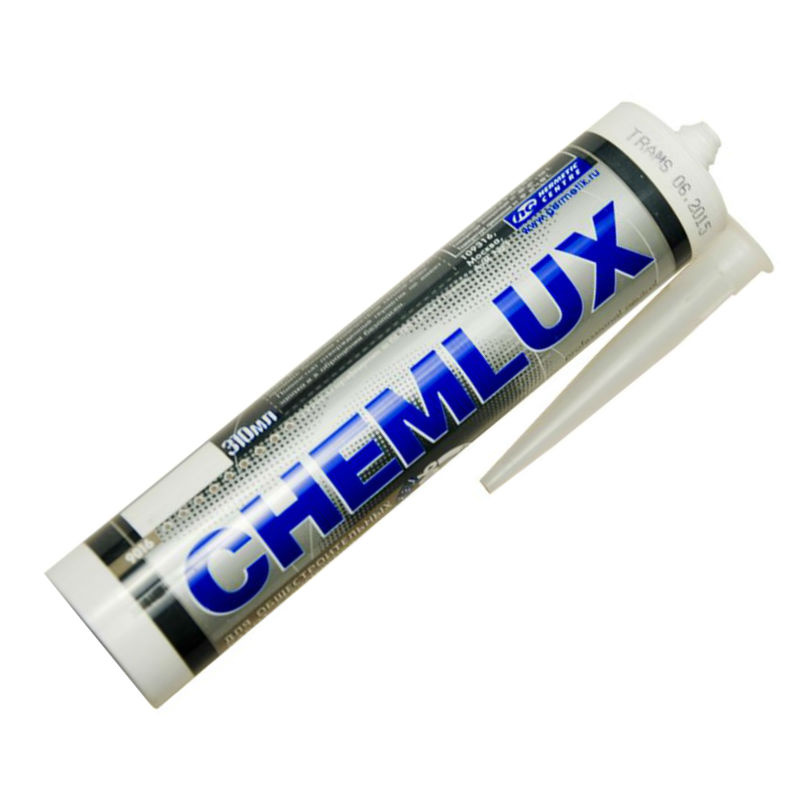
It is used for glass, ceramics, aluminum, stainless steel, plastic.
Temperature range: -40 ... + 180 degrees Celsius.
Fast polymerization and long service life.
Allowed to contact with food.
How to seal a crack in the glass?
When conducting such an operation as repairing a leaking kettle, you need to follow a few simple rules:
- Before carrying out work, it is necessary to degrease the damaged area with solvent, and then wash it with warm soapy water. Be sure to dry well, since moisture weakens the adhesion of the sealant;
- It is most convenient to inject sealant into cracks with a syringe;
- When working with such materials, it must be borne in mind that the thicker its layer, the stronger the vulcanization time increases;
- After the sealant has completely hardened, you need to boil the water in the kettle and pour it. Perform this procedure at least three times. Only then can the kettle be used safely.
What to do if the bottom is leaking?
It also happens that a glass electric kettle flows from below. In this case, he can also be helped.
- We remove the bottom of the teapot, which is usually fixed on several screws. An ordinary screwdriver will help;
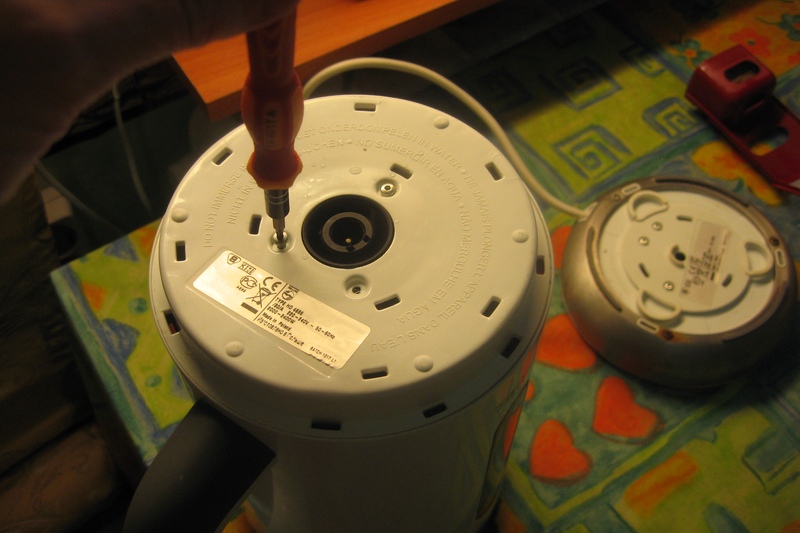
- We take out the gasket and the heating disk;

- We carefully examine the insides, checking the integrity of the gasket, disk and housing to find the cause of the leak;
- If the case is in the case, we deal with it in the same way as with the glass flask itself: we use food-grade silicone sealant, then we wait the appropriate amount of time for the material to solidify;
- If there is no visible damage, then it is possible that the connection between the case and the disk simply loosened. Then just wipe all the elements off the scale thoroughly;
- We put all the spare parts back in the right sequence;
- Pour water into the kettle and bring it to a boil. If the device does not leak, it means that your actions were successful.
What is absolutely forbidden to use?
On the forums of craftsmen, there are often tips on repairing such breakdowns with epoxy resins, dichloroethane, cosmophene, BF-2 glue and even dental cementitious compounds. This is categorically not recommended, since all of these substances are toxic to one degree or another, and the latter are fragile non-plastic masses that are not designed for high temperatures.

Better than sealing glass on the teapot is only sealants specifically designed for food use. Do not experiment on yourself, and on the health of your loved ones. Approach the repair process wisely!

